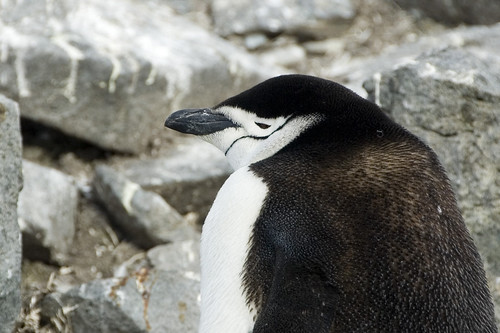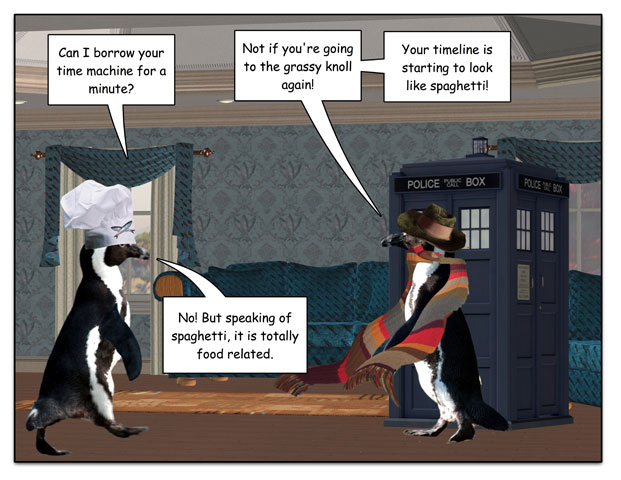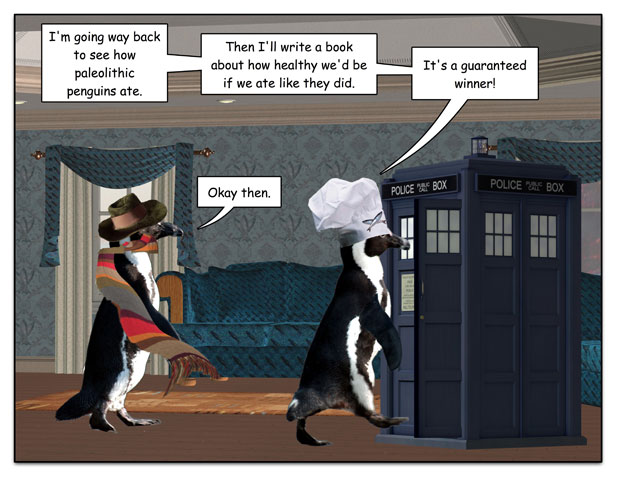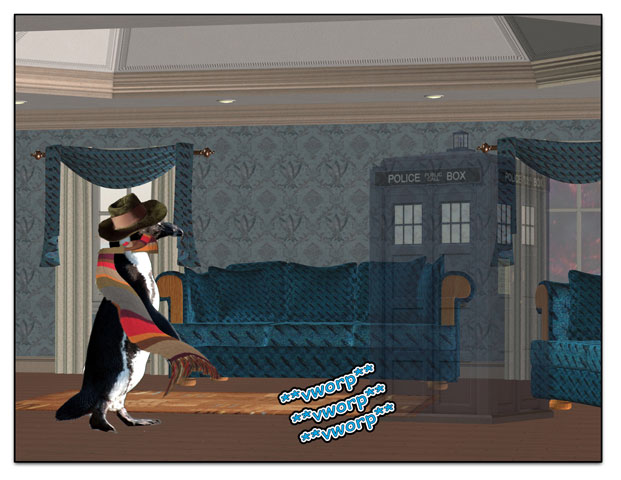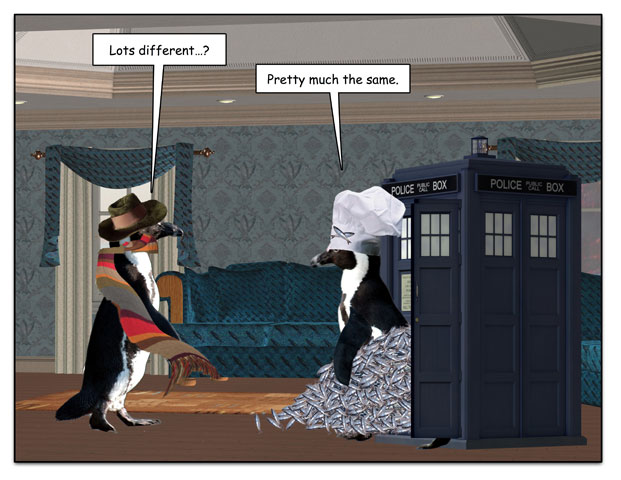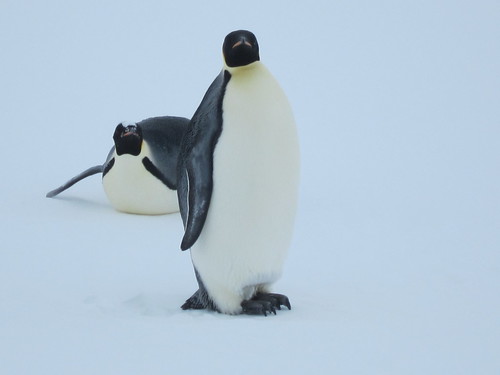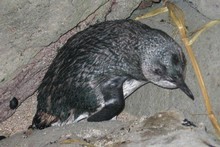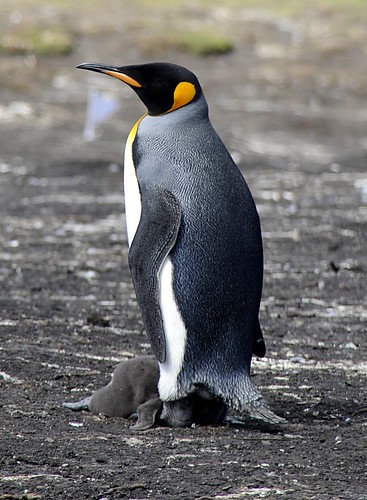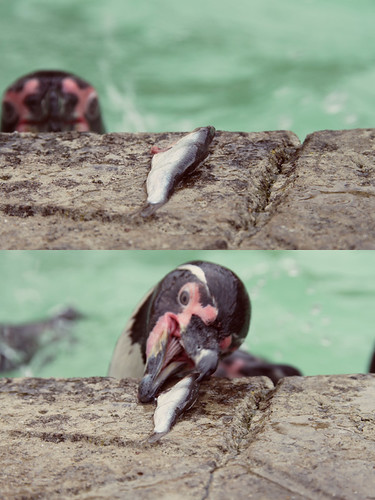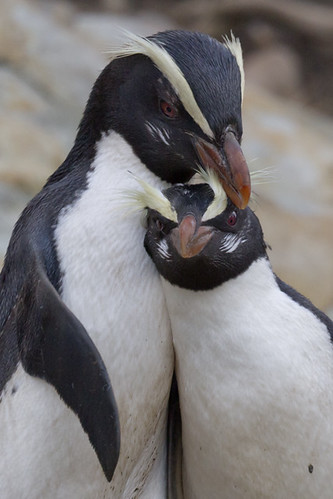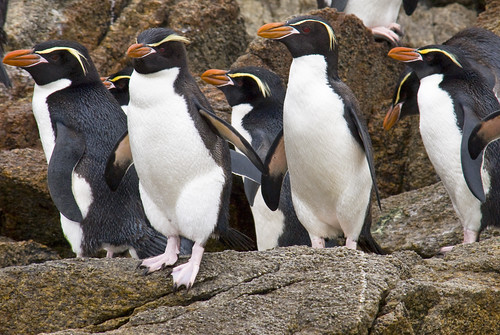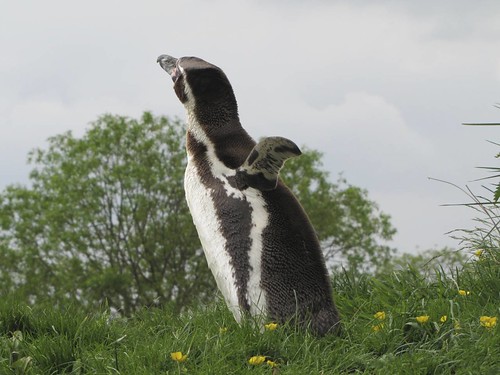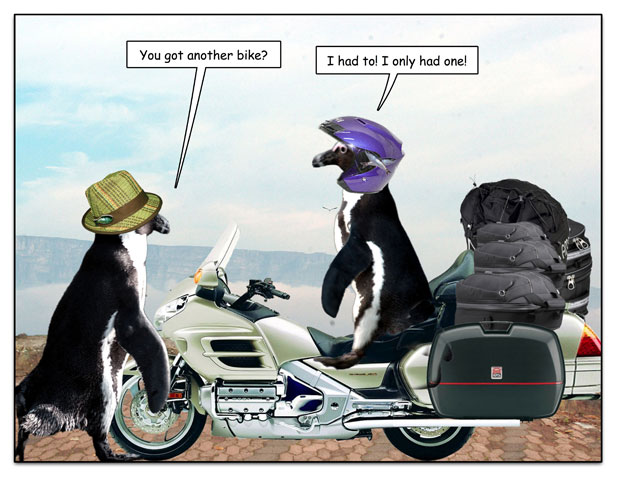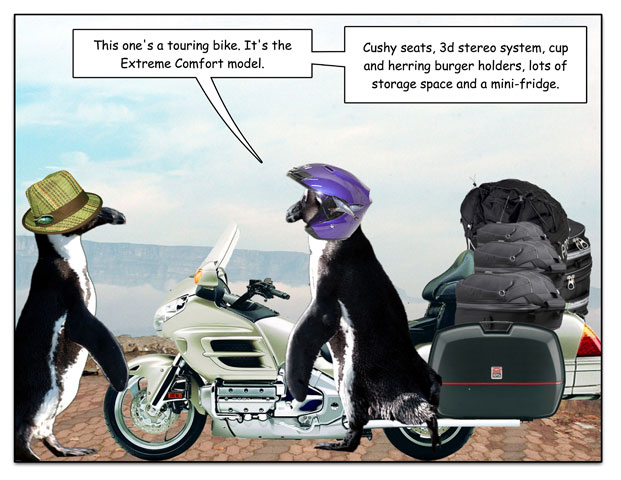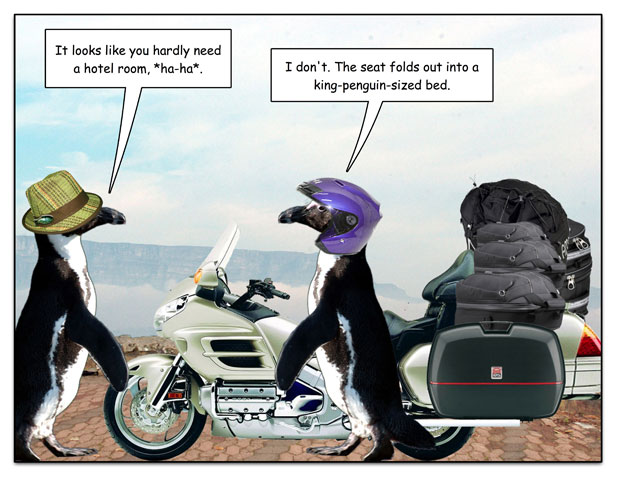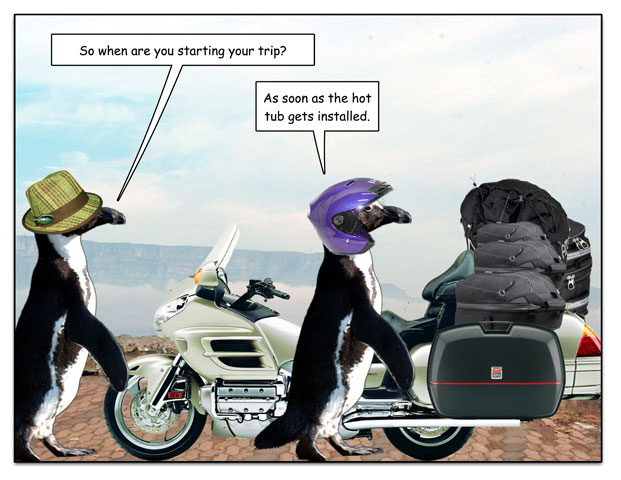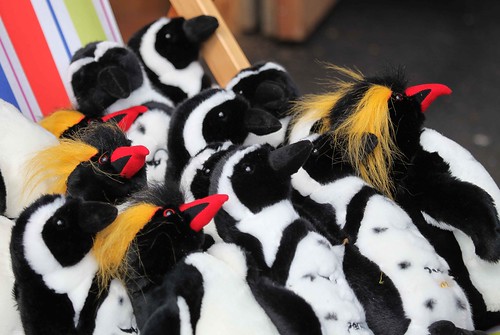Published: Tuesday, June 26, 2012
By
Sheila Stroup, The Times-Picayune
It's time for a trip to the beach. I can't stay away any longer. So I meet Tom Dyer at my favorite spot in the
Audubon Aquarium of the Americas: the bench in front of the penguin exhibit.
"This is probably the most popular bench in the Aquarium," he says.
There's only one problem with it. People keep standing in front
of us, laughing and holding up phones to take pictures and videos of the
penguins.
There are 29 of them hanging out at the beach
and swimming in the 4,000-gallon saltwater sea -- 26 black-footed
African penguins and three Chilean rockhoppers. Both species are
tropical and are happy to be living in hot, humid Louisiana. The
Africans are native to the southernmost tip of Africa, where
temperatures can climb to 100 degrees. Some of these birds are just
visiting New Orleans, though.
"We're foster-parenting four young males that are going to Ripley's in Myrtle Beach (S.C.)," Dyer says.
We watch them, and I can't stop smiling.
I have loved these goofy little guys since I first visited them
in 1991, a few months after the Aquarium opened. If they were in the
circus, they'd be the clowns, tumbling one after the other out of a tiny
car driven by Dyer. His title is "senior aviculturist," but he's really
the ringleader of the penguins.
"Look at Dennis," he says. "I don't know how many times I've told him he can't fly."
Dennis is one of the rockhoppers that were added to the exhibit
in 1996. They're easy to spot because of their reddish beaks and the
spiky yellow feathers sticking out from their heads that make them look
like pint-sized punk rockers.
Dennis is standing on a
ledge flapping his flippers, trying to impress Rocky, the female. There
has always been competition between Dennis and Bunny, the other male
rockhopper.
"Dennis thinks he's Superman," I say.
The Africans show off in the water and congregate on the beach,
nibbling on plants and letting out the raucous brays that give them
their other name: "jackass penguins." They're about the same size as the
rockhoppers but have a more understated look, with bodies and heads
that are "banded" or dappled black and white. Dyer recognizes every one
of them.
Ernie turned 30 in January, he tells me. He has lived twice the average life span of an African penguin.
"The only thing wrong with Ernie is that he has cataracts," he
says. "At feeding time he just stands there with his neck stretched out
and his mouth open, waiting. He looks like an Audubon print."
Dyer catches me up on the latest gossip. Where there are penguins,
there is always drama. They supposedly mate for life, but sometimes
stuff happens.
"Voodoo and Amquel have been together for
over a decade, but then we got this big, strong handsome bird from the
New England Aquarium," he says. "That knocked Voodoo's moral compass
off."
Now, she goes from the home they share to the pad of her new suitor.
"Amquel is not taking it well. He sits right outside the cave and brays," Dyer says.
While we sit watching their escapades, he tells me the sad
future that likely awaits penguins in the wild. These guys don't know
how lucky they are.
"In 1910, there were between
one-and-a-half million and three million African penguins," he says.
"Now, there are about 81,000."
African penguins went on
the endangered species list in 2010. The rockhoppers are on the
threatened list. Of the 18 species of penguins, five are endangered and
eight are threatened or vulnerable. The causes of their diminished
numbers are many.
"Overfishing is a huge problem," Dyer
says. "The penguins have to work harder and swim farther to find food,
so they're not living as long."
They have also been the victims of oil spills.
"Birds that get oiled have a much lower success rate raising chicks to adulthood," he says.
The problem of getting oiled has become more serious for
Africans because the area where they nest has become a big shipping
lane.
"They're building super ports next to colonies and
rookeries," Dyer says. "There's always going to be a little oil in the
water, and because the penguins are always preening themselves, that's
all it takes."
Visitors ask him why zoos and aquariums don't raise penguins and release them. But that wouldn't work.
"There's no room in the world for these guys," he says. "I hate
being a pessimist about their state in the wild, but it just isn't
good."
There is hope for them in aquariums and zoos,
though. The Aquarium of the Americas is part of the Associations of Zoos
and Aquariums' Species Survival Plan which aims to ensure the survival
of various wildlife species through managed breeding programs.
Many of the penguins in this exhibit are old. The last baby hatched
in 2001, when a little ball of fluff made her surprise appearance.
Amquel and Voodoo were supposed to be sitting on two fake eggs, but
somehow one of the decoys disappeared, and Voodoo laid an egg to replace
it. The chick hatched on Chinese New Years in the year of the snake, so
she was named Snake.
When the exhibit opened in 1990, the
penguins could pair off the way Amquel and Voodoo did -- by just having
a thing for each other -- but now Dyer has to play matchmaker.
"The Species Survival Plan dictates what birds may produce
chicks," he says. "They have each penguin's genealogy, and they're
trying to make sure we have a great gene pool in this country."
Two young Africans, Millicent and Nelson, came from the Fort Wayne Children's Zoo in 2008 to help revitalize the colony.
"Millicent is a real doll. She's such a girly-girl," Dyer says.
She has fallen for Puddles, but Dyer feels she's a little young
for romance. "Of course, any dad is going to tell you that,"
he says.
Nelson is old enough to be a daddy, and he has
his beady little eye on Evinrude, but so far she is playing hard to get.
Still, Dyer has high hopes for them.
"There's a nice
honeymoon suite on the third floor with a pool. Dimmer switch. Barry
White CD," he jokes. "She'll be putty in his hands."
The
whole time we're talking, Dennis keeps moving his flippers up and down.
He does it for 10 minutes, 20 minutes, a half hour. Finally, he walks to
the edge of the ledge, flaps frantically, and plunges into the water.
Super-penguin! Rocky follows him, clearly impressed.
"Everything they do is just so funny," Dyer says. "That's why we're
doing everything we can to make sure the world still has them."
The
penguins are fed every day at 10:30 a.m. and 3 p.m. See them at the
Audubon Aquarium of the Americas, which is open seven days a week from
10 a.m. to 5 p.m. this summer.
source



